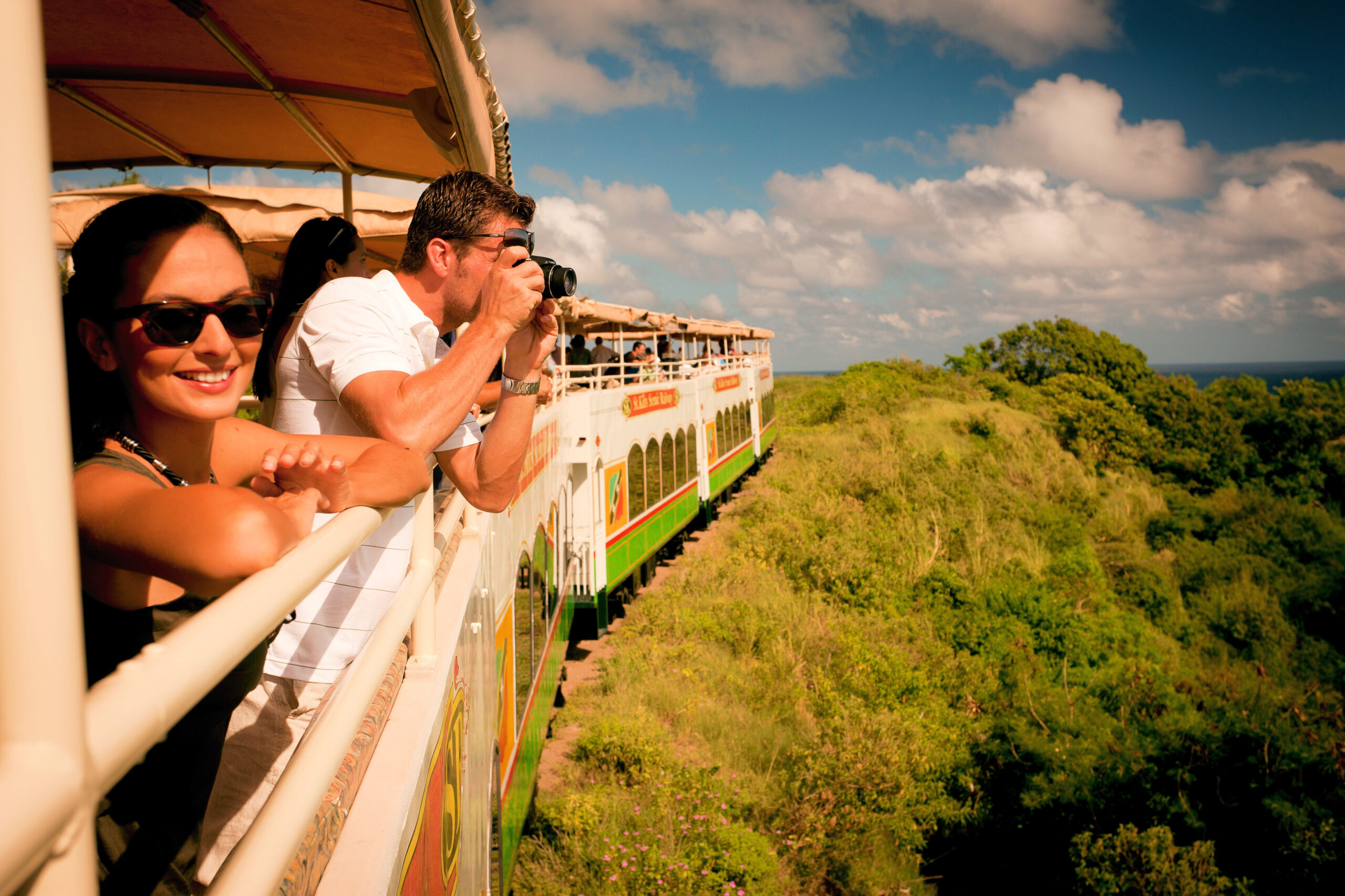Scaling Big Black Brimstone Hill Fortress, St. Kitts
On the west coast of St. Kitts looms one of the most impressive sites in all the Caribbean: a towering black rock hundreds of feet tall crowned with an equally black massive fortress growing straight out of the top! This, is Brimstone Hill.
Throughout the Caribbean there are forts, sure, but most pale in comparison to this beautiful beast.
The story of Brimstone Hill begins around 6,000 years ago. Around this time just south of what would become Sandy Point a huge black pillar of hot volcanic rock thrust through the area’s soft white limestone, ripping and tearing through the land as it rose 800 feet into the air—forever changing the shape of St. Kitts.
Fast-forward nearly 55 centuries later and the smell of sulphur from nearby underwater vents was still strong enough for early colonialists to christen the black streaked lava mount with the fearsome name “Brimstone Hill.”
In the early 1600’s both the French and English colonized St. Kitts (aka St. Christophe and St. Christopher Island respectively). As you can probably imagine, this was a recipe for violence.
Lines were drawn. Forts were built. And the stage was set.

But Brimstone Hill wasn’t the main line of defense for the British. That honor fell on Fort Charles—built right on the coast to protect the important harbor at Sandy Point. But after years of aggression, the Brits thought Fort Charles (and all the wealthy planters and merchants) needed a protector. And that’s why, in 1690, construction of a game changing refuge fortress began atop Brimstone Hill.
For over 100 years, construction continued. The black stone blocks that make up the fortress were cut straight from the volcanic andesite of the pillar. The mortar was made directly from the soft limestone onsite—boiled in massive lime kilns.
The fortress isn’t just built on top of Brimstone Hill, it is Brimstone Hill.
To create this fortified hilltop town special systems of water catchment and storage were designed, everything needed to be architected to sit perfectly on the extremely steep hillside, in the main Citadel a new style of fortification known as the ’polygonal system’ was employed… And somehow it all still needed to take a beating.
There’s nothing quite like it in the entire Caribbean, so it’s no wonder it acquired the nickname “Gibraltar of the West Indies.”
After seeing action throughout the 1700’s, by the mid 1800’s the fort was finally lost.

Not to the French or any other colonial forces, but rather to abandonment. There just wasn’t a need for such a gigantic fortification on little St. Kitts anymore.
For nearly 100 more years, the bush (and some opportunistic vandals who sold off the volcanic blocks) stormed the site in slow motion. (To get an idea of what the Brimstone Hill must have looked like during these years, just check out present day Fort Charles.)
It wasn’t until 1965 that the Brimstone Hill Restoration Society was founded and the effort began to clean up the mess that only years of neglect under the tropical sun and rain can create.
Today Brimstone Hill has been well restored as a UNESCO World Heritage Site of historical, cultural and architectural significance—cannons once again pointing out over Sandy Point and the Caribbean sea. The Fort George Museum gives visitors a good idea of the history of the site and what life was like for the fort’s inhabitants throughout the ages. And at just 13 minutes from Belle Mont Farm on Kittitian Hill, Brimstone Hill is easily accessible.
They’re open everyday (except Christmas Day & Good Friday) from 9:30am – 5:30pm. Entrance for visitors is just US$10.



